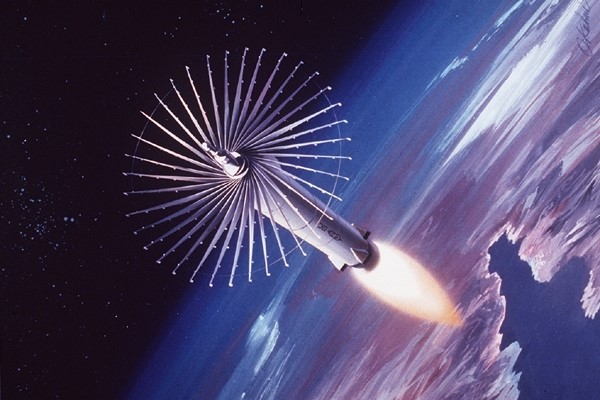Free Courses Sale ends Soon, Get It Now


Free Courses Sale ends Soon, Get It Now



Disclaimer: Copyright infringement not intended.
Context
Details
Understanding the Weapon
Violation of the Outer Space Treaty
Potential Damage and Consequences
Diplomatic and Security Implications
About ASAT
Purpose:
Types of ASAT Weapons:
History and Development:
United States
Soviet Union
China
India
Strategic Implications and Concerns:
International Legal and Policy Frameworks:
Limits and Challenges:
Conclusion
|
PRACTICE QUESTION Q. The emergence of reports about Russia's development of a new ASAT weapon with potential nuclear capabilities underscores the need for heightened vigilance and international cooperation in space. Critically Analyse. (15 marks) |
© 2024 iasgyan. All right reserved